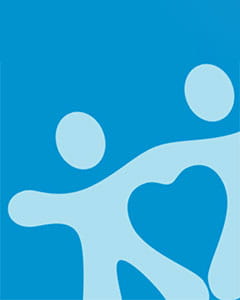Is your child getting the right dose of medication?
Written by Susan Norman, Pharm.D., Pediatric Pharmacy Resident
One tablespoon, 15 milliliters, 0.5 ounces – When did measuring your child’s medication become so confusing? Taking care of a sick child is never easy and measuring liquid medications can be such a challenge. I hope to provide you with some information to make this process easier and help give you confidence in giving your child the right amount of medication.
Are you using household teaspoons and tablespoons to measure liquid medications? The size among common household spoons can be very different. Larger spoons can provide over twice the amount of medicine as smaller spoons. The difference between a teaspoon and a tablespoon can result in a dose three times different! So, what should you use to measure liquid medications? There are many measuring tools for liquid medications available at your pharmacy, such as dosing cups, dosing spoons, oral syringes, and droppers. These tools can all help you measure the right dose, but there are a few tips to keep in mind.
Most over-the-counter or nonprescription liquid medications come with a measuring tool, often a dosing cup. But, even with use of an appropriate measuring tool, there have been unintentional drug overdoses among children.One of the biggest reasons of accidental overdose is due to confusing directions on medication labels. In 2009, the Food and Drug Administration (FDA) asked the manufacturers of over-the-counter medications to give more clear and consistent dosing instructions on medications and the included measuring tool. A study reviewing cases of liquid dosing errors reported to the Poison Control Centers found the most common errors were confusing a teaspoon and tablespoon, because the user assumed that the dispensing cup was the correct unit of measure or assuming the dose was the full cup.
You can help make sure you are giving the right dose of medication to your child by carefully reading the dosing chart and checking the markings on the measuring tool to determine the right dose. Be sure to measure at eye level. If an over-the-counter medication does not come with a tool to measure the liquid, ask for one at the pharmacy. If your measuring tool has different markings than the directions on your medicine label, you may need to determine the dose. The conversions below can help with that, but be sure to talk to your pharmacist if you have any questions as all of these abbreviations are difficult to understand.1 mL = 1 cc2.5 mL = ½ teaspoon (tsp)
5 mL = 1 teaspoon (tsp)
15 mL = 1 tablespoon (tbl or Tbsp)
30 mL = 1 fluid ounce (oz)
When picking up a prescription medication from the pharmacy, always make sure that you were given a measuring tool. If not, just ask for one. Before you leave the pharmacy, check the directions on the bottle and make sure you understand how to measure that amount with the tool given to you. For example, if the directions say one teaspoon and your oral syringe is in marked in milliliters, it probably is a good idea to check with the pharmacist about the amount to give. The markings on an oral syringe differ depending on the size of the syringe. You can even ask for the pharmacy to mark the amount on your measuring tool.
Taking care of a sick child is never an easy task, but hopefully these tips will help you next time you are faced with that challenge. Remember your pharmacist is always available and ready to help if you have any questions!







